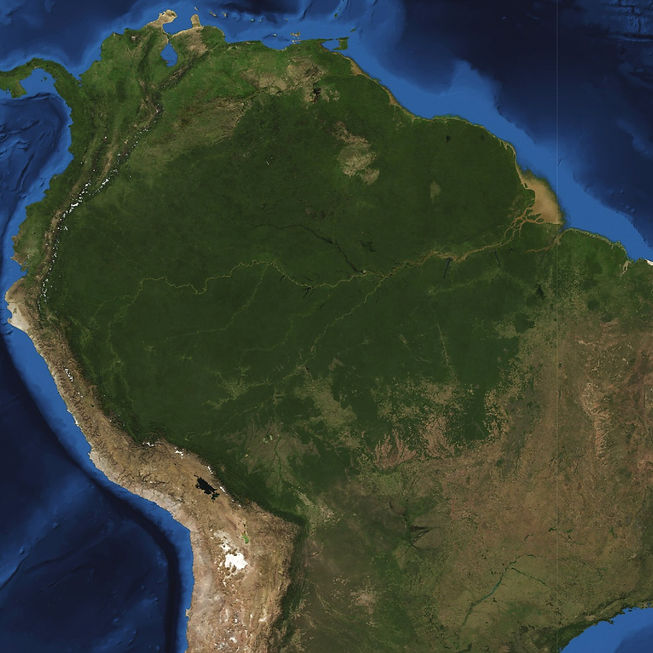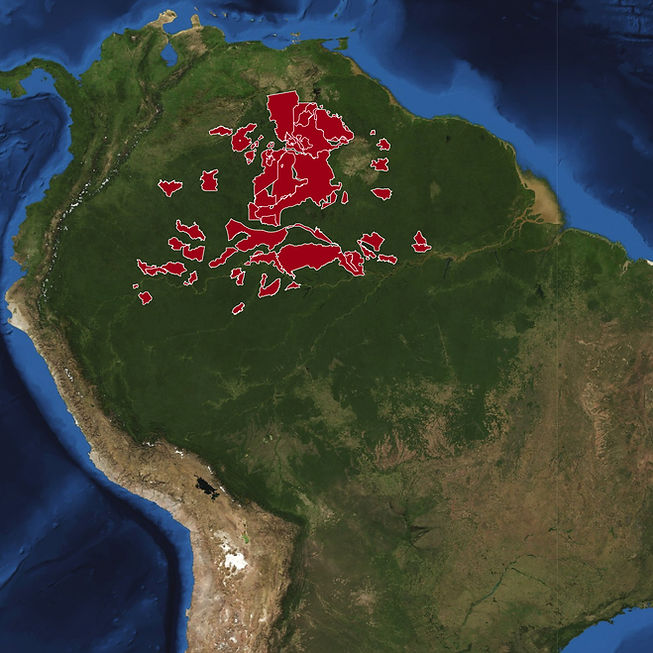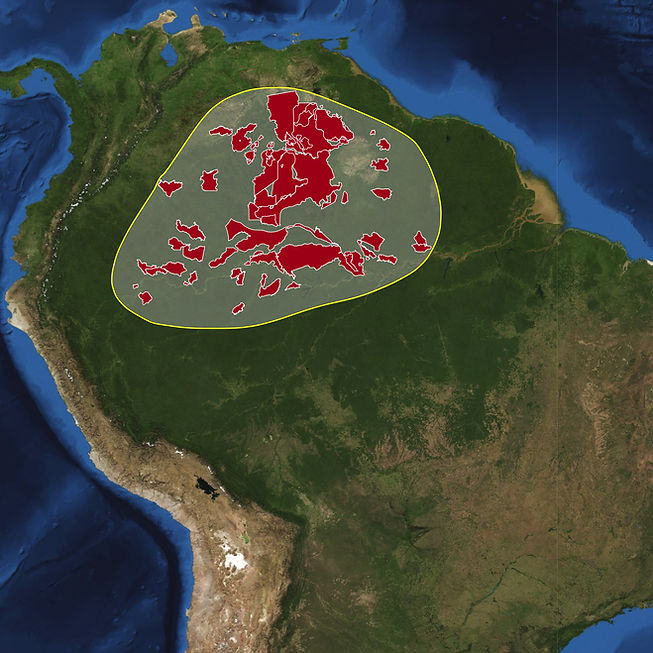
South America World Park

South america World Park
The Amazon Rainforest is one of the most well-known and studied ecosystems on the planet. However, it is under constant threat from illegal logging, mining, agricultural expansion and fragmentation.
We see this highly biodiverse ecosystem as an ideal candidate for a World Park due to its limited infrastructure, high ecological and biological diversity and global potential for mitigating climate change.
Scroll down to explore how World Parks, Inc. is working to create the Amazon World Park.

By consolidating conserved and protected areas, we can expedite the process of large scale landscape conservation by filling in the missing areas of interest.
The areas highlighted in red are existing protected areas according to the World Database on Protected Areas. The Amazon rainforest is the most remote and wild remaining in the world and the level of existing protection hints at this.
Based on an assessment using data from the UN Environment Program and the Integrated Biodiversity Assessment Tool, this proposed World Park would include over 2,000 species on the IUCN Red List, nearly 400 existing protected areas and more than 50 Key Biodiversity Areas.
But, what if we connected all of these existing areas...?

Ecologically speaking, it is more beneficial to have larger, connected areas of protection than to have smaller, disjointed areas. The Amazon World Park will be a bold and innovative solution to environmental protection and international cooperation.
The Amazon World Park will cross into half a dozen countries and cover over 500,000 square miles of rainforest, river systems and interior mountain regions.
We see this as necessary to ensure the world meets the conservation goals set out by the global scientific community.
.png)